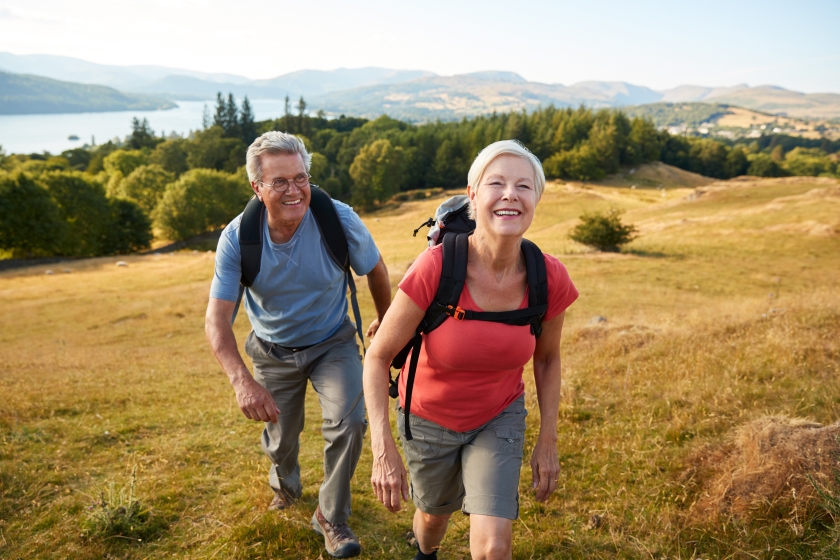Advertorial — For those suffering from osteoarthritis, it may be tempting to exercise less or even to stop exercising altogether. Others, however, may want to carry on their activities as if nothing is wrong. Instead, you should aim for a balance: continue to exercise regularly while adapting your activities. Here’s some information and advice to help you maintain a healthy and active life despite the limitations imposed by osteoarthritis.
You suffer from osteoarthritis? Keep moving!
Osteoarthritis can lead to joint pain and difficulty performing certain movements, making it less interesting to enjoy certain sports. However, it’s still important to keep moving when suffering from this condition to experience the benefits of physical activity:
- Better joint mobility: Exercise strengthens tendons and muscles, two components of joints;
- Improved muscle tone: Strong muscles help you move well and carry out your daily activities;
- Better weight control: Excess weight puts undue strain on the joints;
- Reducing stress and anxiety: Stress and anxiety increase muscle tension and potentially joint pain;
- Better sleep.
Some advice to adapt your activities:
It’s important to keep moving despite osteoarthritis, but it must be done in a responsible, appropriate, and careful manner. Here are a few practical tips to help you choose your physical activity and do it properly.
- Choose an activity you love
To experience the full benefits of physical activity, it’s important that it be done regularly. That’s why it’s best to choose a sport that you enjoy and are comfortable doing. Less strenuous activities or activities that put less pressure on the joints are advised, such as: cycling, running (following certain recommendations), yoga, tai chi, and aquatic activities such as swimming, aquafitness.
- Avoid activities that put pressure on the joints.
On the other hand, it’s better to avoid certain sports involving high impact to the joints (when performing a movement, sharp changes of direction or speed) and requiring many sudden and jerky movements. For example, sports such as downhill skiing, tennis, field hockey, soccer, sport dance, and martial arts should be done with moderation and great care. Indeed, the stress that is then put on the joints could be counterproductive.
- Tailor the duration and intensity to your abilities.
Whatever activity you choose, you should do it on regularly, but with restraint and tailored to your abilities. Shorter, less intense sessions are preferable, and you should avoid pushing your body to its limits. The conditions surrounding the activity are also important. For example, if you choose to run, soft ground and suitable tracks are preferable to hard surfaces such as asphalt. However, make sure you choose good quality shoes ideal for your sport.
Gives an extra boost to your joints, thanks to Genacol!
For more than 20 years, Genacol has offered a whole range of supplements to maintain or improve joint health. Their exclusive and patent-pending ingredient, AminoLock Collagen, is scientifically proven by three clinical studies to reduce joint pain associated with osteoarthritis.
Taking Genacol Pain Relief, for example, helps you control the symptoms of osteoarthritis. AminoLock® Collagen and Natural Eggshell Membrane are both natural ingredients to support joint health and reduce osteoarthritis pain. With Genacol Pain Relief, you can feel a difference in less than 5 days! This way, the range of joint motion necessary for physical activity is improved, making it more enjoyable and beneficial to your health!
Do you want to try Genacol Pain Relief to relieve your joint pain?
For a limited time, get a $3 rebate here!





